Are you seeking a tranquil and aesthetically pleasing environment in your home? Japanese home decor may be the answer you’ve been looking for. Drawing from the principles of Zen and traditional aesthetics, Japanese design emphasizes simplicity, natural elements, and a deep connection to nature. In this article, I’ll share various Japanese home decor ideas based on my personal experiences, along with tips and tricks that you can easily implement.
Understanding Japanese Home Decor
Japanese home decor is not just about aesthetics; it’s a lifestyle. The designs reflect a harmony between the indoor and outdoor spaces, allowing natural light and elements to play a pivotal role in creating a serene atmosphere.
Key Principles of Japanese Design
- Minimalism: Less is more. Japanese decor focuses on simplicity and functionality.
- Natural Materials: Wood, stone, and rice paper are commonly used.
- Connection to Nature: Incorporating gardens and natural elements into home design.
- Balance and Harmony: Creating spaces that feel balanced and harmonious.
Japanese Decor Styles
Before diving into decor ideas, let’s explore some popular Japanese decor styles that can inspire your transformation.
1. Traditional Japanese Style (Wabi-Sabi)
This style embraces the beauty of imperfection and transience, emphasizing rustic aesthetics.
Key Features
- Natural materials like wood and clay
- Simple, hand-crafted items
- Neutral color palette with accents of muted tones
2. Modern Japanese Style
Modern Japanese decor combines traditional elements with contemporary design.
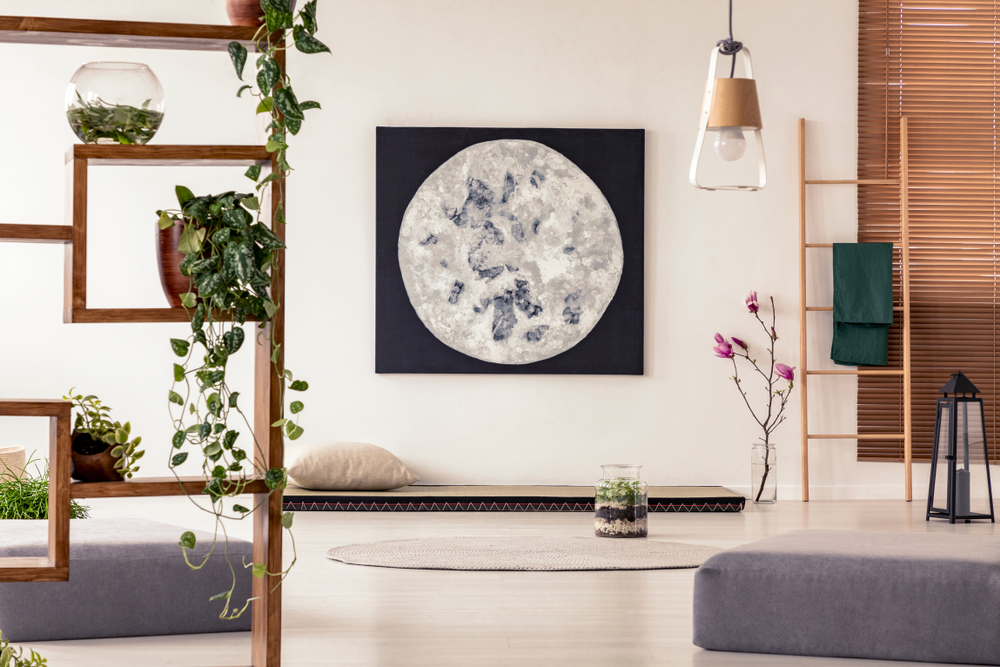
Key Features
- Sleek lines and geometric forms
- Innovative use of space
- Functional and versatile furniture
3. Zen Style
The Zen style is all about creating a peaceful and meditative environment.
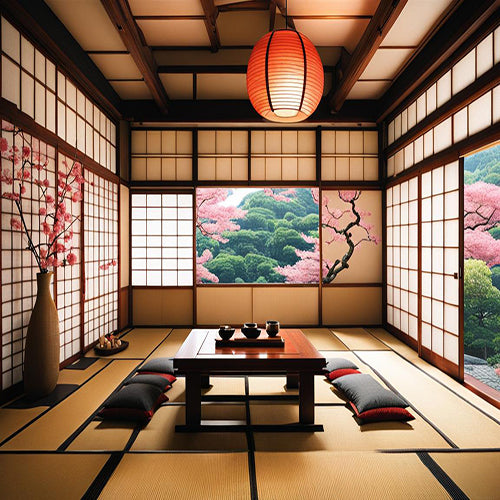
Key Features
- Open spaces with minimal clutter
- Soft, natural lighting
- Water features and indoor plants
Essential Elements of Japanese Home Decor
Incorporating Japanese decor elements can transform your living space into a peaceful haven. Here are some key elements to consider:
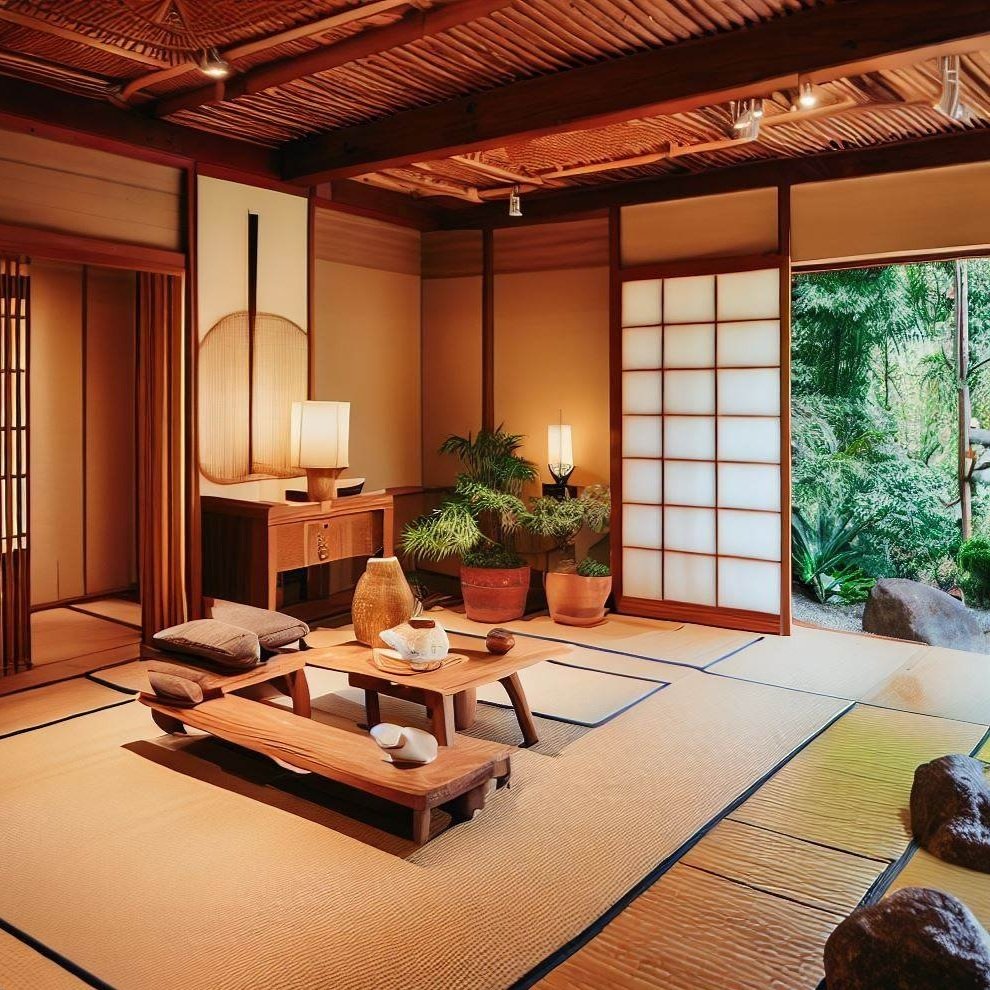
1. Shoji Screens
Shoji screens are versatile room dividers made of wood and rice paper, ideal for creating a sense of privacy while allowing light to filter through.
Pros and Cons
| Pros | Cons |
|---|---|
| Enhances natural light | Can be fragile |
| Space-saving | Requires maintenance |
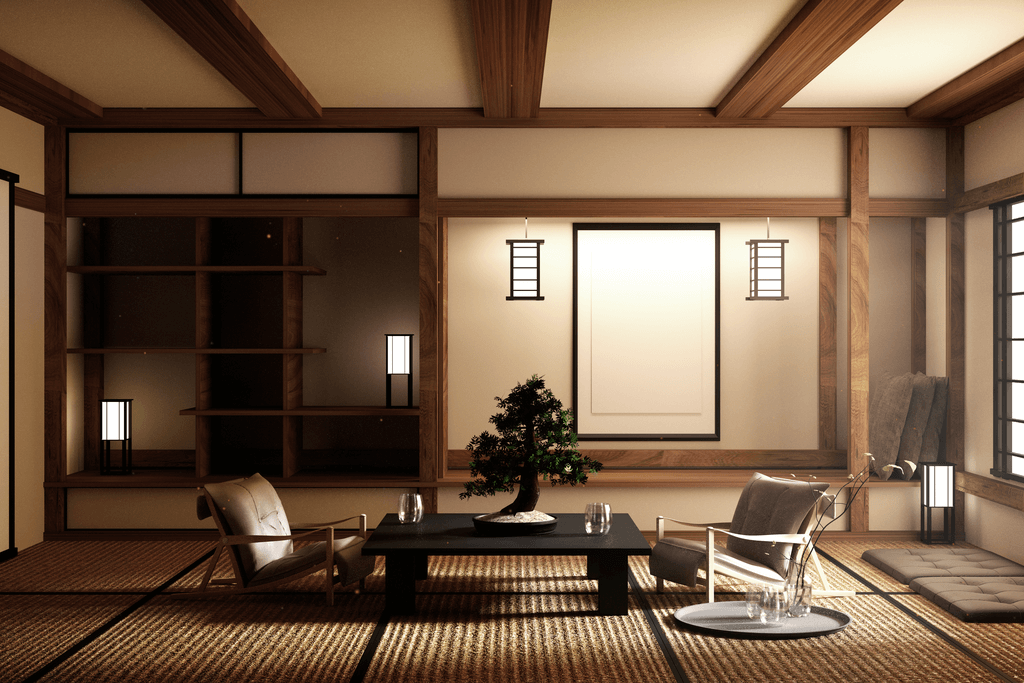
2. Tatami Mats
Tatami mats are traditional floor coverings made from rice straw, offering comfort and warmth.
Pros and Cons
| Pros | Cons |
|---|---|
| Eco-friendly | Can be expensive |
| Good insulation | Requires proper cleaning |

3. Futons
Futons are traditional Japanese bedding that can be easily rolled up and stored away, saving space.
Pros and Cons
| Pros | Cons |
|---|---|
| Space-efficient | Not as cushy as western mattresses |
| Easy to clean | Can feel firm for some |

Japanese Decor Ideas for Every Room
Now that we understand the key elements, here are some decor ideas for different areas of your home.
Living Room Ideas
- Use Earthy Tones: Incorporate browns, greens, and other natural colors to create a calming atmosphere.
- Focus on Lighting: Use soft lighting, such as lanterns or floor lamps, to enhance warmth.
- Incorporate Plants: Add bonsai trees or indoor plants for a touch of nature.
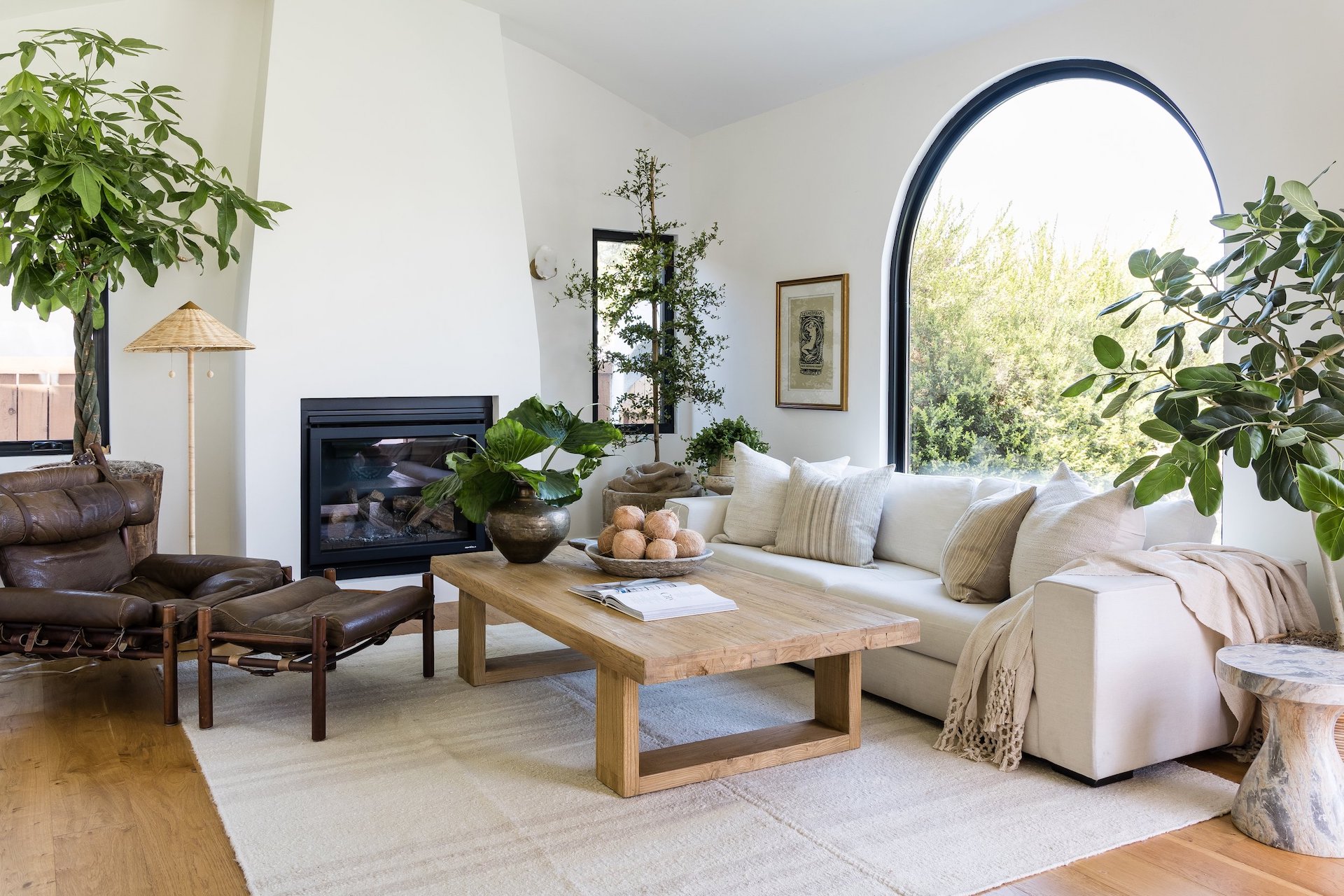
Bedroom Ideas
- Simplicity is Key: Opt for minimal furniture and keep surfaces clear.
- Natural Bedding: Use cotton or linen bedding in neutral colors.
- Create a Zen Corner: Dedicate a space for meditation with cushions and calming decor.
Kitchen Ideas
- Open Shelving: Display dishware and utensils on open shelves to promote simplicity.
- Natural Materials: Incorporate wooden elements or bamboo for a warm feel.
- Minimalist Tableware: Use simple, elegant dishware that reflects traditional aesthetics.
Bathroom Ideas
- Wood Accents: Add wooden storage boxes or shelves for a natural touch.
- Natural Light: If possible, use frosted glass or shoji screens for privacy while allowing light.
- Soothing Colors: Stick to whites and soft pastels to enhance a peaceful vibe.
Japanese Home Decor DIY Projects
Want to get hands-on? Here are some simple DIY projects to incorporate Japanese decor into your home:
1. DIY Shoji Screen
Creating your own shoji screen can be a rewarding project. You’ll need wood, rice paper, and some basic tools. Simply cut the wood to size, assemble the frame, and attach the rice paper for a beautiful and functional divider.
2. Kintsugi Art
Kintsugi is the art of repairing broken pottery with gold, highlighting imperfections. Gather some old pottery and use epoxy mixed with gold powder to repair and enhance the pieces, turning them into beautiful art.
Frequently Asked Questions
What are the main characteristics of Japanese home decor?
The main characteristics include minimalism, natural materials, a focus on light and space, and a connection to nature.
How can I make my home feel more Japanese?
To achieve a Japanese feel, incorporate natural materials, reduce clutter, use soft lighting, and introduce greenery.
Are there specific colors used in Japanese decor?
Yes, Japanese decor often uses earthy tones, whites, and muted colors that create a serene environment.
Can I mix Japanese decor with other styles?
Absolutely! Japanese decor can beautifully blend with modern, Scandinavian, and even rustic styles.
Final Thoughts
Japanese home decor is more than just a design choice; it’s a way to cultivate tranquility and order in your living space. By embracing key principles, utilizing essential elements, and customizing your decor to reflect your personal style, you can create a serene environment that resonates with peace and harmony.
Whether you opt for traditional elements or a modern twist, incorporating these Japanese home decor ideas can transform your home into a sanctuary of simplicity and beauty. Happy decorating!